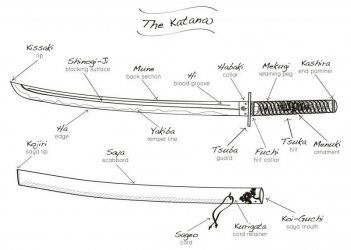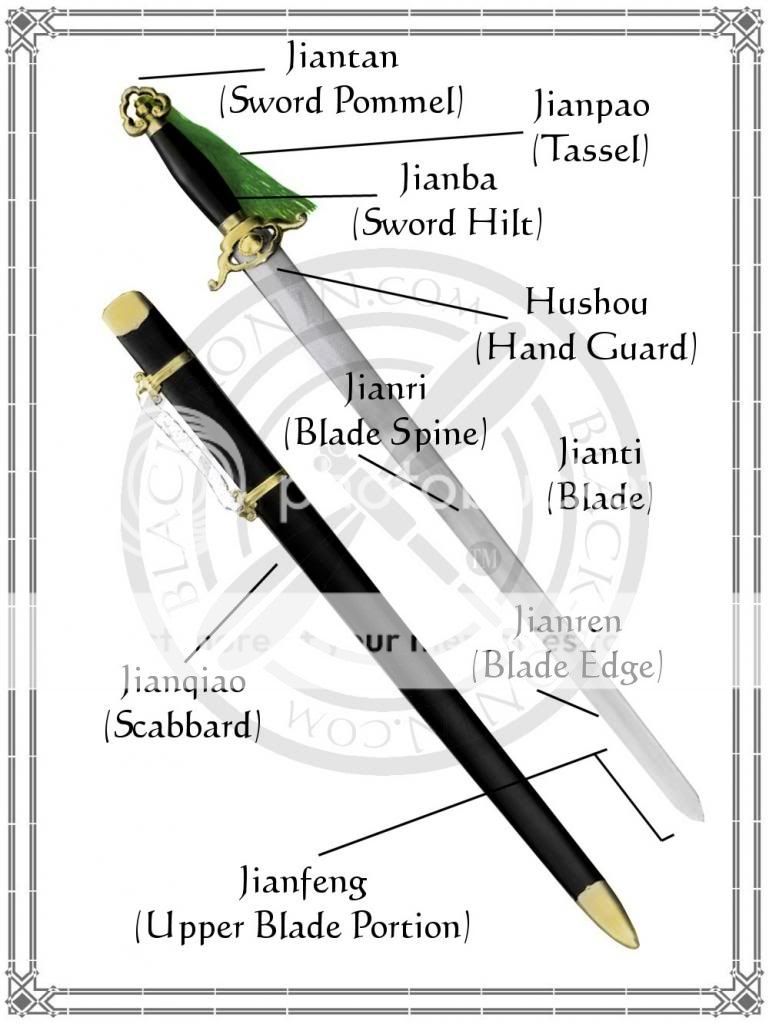Flying Crane
Sr. Grandmaster
I'm sitting here trying to remember the form and the blocks are deflections not clashes and there is a fare share of avoidance for thursts too things like wrists and knees.
I believe there was actually a rather high degree of standardization of the weapons made in China for the military throughout its history but there was also a high degree of experimentation too, that is why they had so many different swords and weapons
sure, a certain standardization in design, but what might appear at a glance to be two identical pieces can feel quite different depending on minor differences in the thickness or width of a blade, etc. I did some reading on European swords, and from what I gathered, based on many existing examples, there was a lot of variation in the specifics. I'm guessing that would be true in the Chinese weapons as well. Given that these were all hand-forged and assembled, that alone would dictate minor differences even if they were attempting to make them identical. I'm guessing that a stronger soldier might select a more robust weapon, if he had the chance. Or someone who simply perceived the value in a more robust weapon, and was willing to sacrifice some amount of speed in handling for the strength of the piece.
The jian seen today tend to have very light blades. Many of them are pure junk, but some could be serviceable. It is my belief that these serviceable blades would be a civilian's weapon, and not a battlefield weapon. They would be useful for a gentleman of means to defend against bandits who are lightly armed and probably not armored, but would not stand up to defending against spears and other heavy military weapons, and defeating armor.
The other issue with today's jian is the pure junk hilts. The guards and pommels either have a light wood core under a thin sheet of brass that would break away if struck a real blow, or are a hollow cast shell that lack real weight and strength. If you put a proper hilt on one of these modern blades, with a solid guard and pommel that could stand up to the abuse of a battlefield, that alone changes the balance and the feel of the weapon entirely. That can change one's notions of how to best grip the weapon as well. If you take a blade that is perhaps 20-40% more robust than one of these very light jians and give it the kind of hilt it deserves, it enters into an entirely different class of weapon. The balance and handling of the weapon can be very different and the amount of abuse the weapon can take will go up dramatically.




